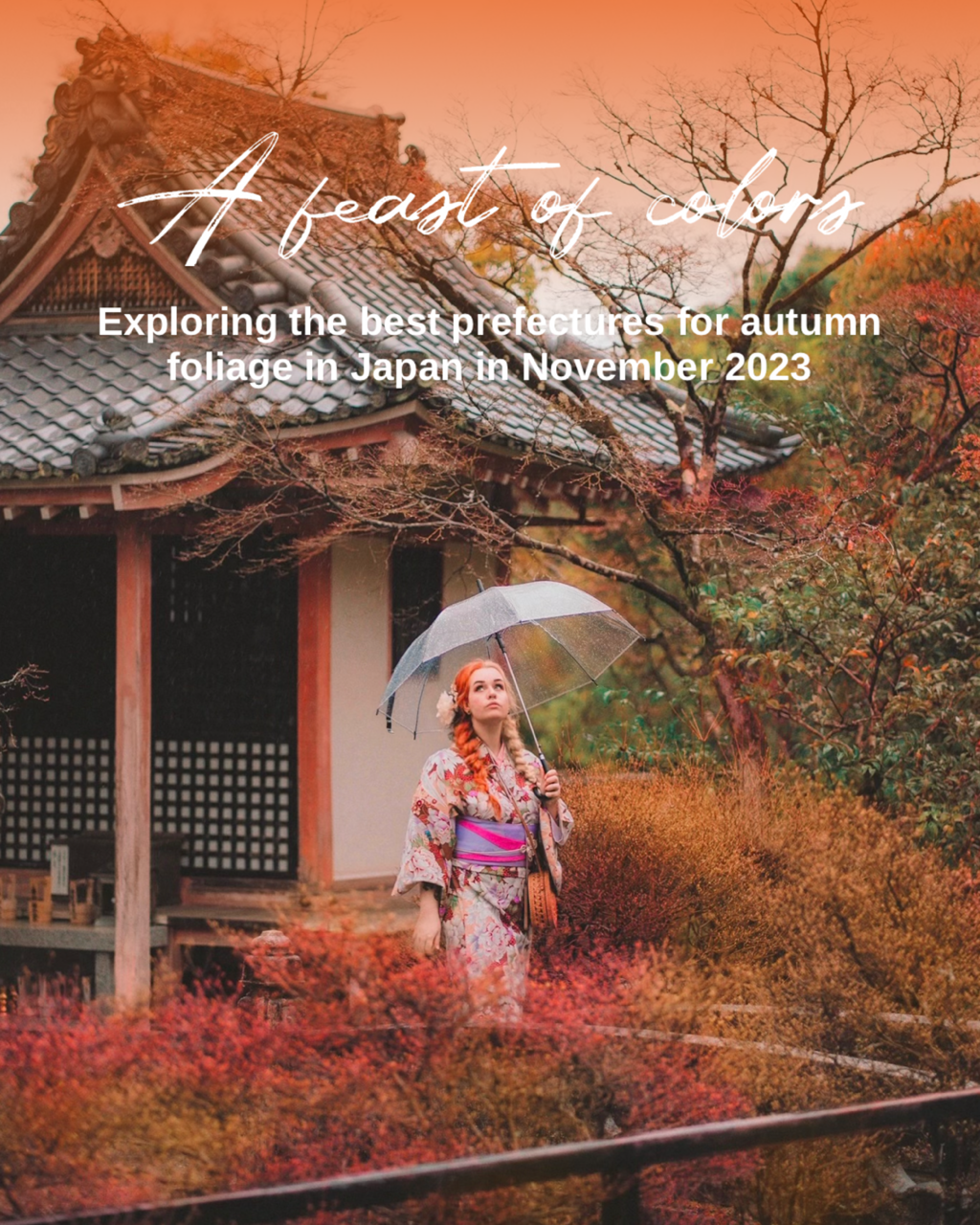My Thesis: A Cross-Cultural Comparison Of The Concepts of Feminity/Masculinity In the Fashion Blogosphere
Hey There!
Today is the best day EVER because I finally finally submitted my Japanese master’s thesis! While I am extremely proud of the work that I’ve done in a foreign language, it was also probably the most hardest thing I’ve ever done. Like, literally. It was SO HARD. Many of you were interested in the program that I am taking part in and what exactly my thesis was about (and why the hell I was writing it in Japanese.) Now that I submitted my thesis, I feel finally in the position to talk about it – and I am happy it is of interest to so many of my readers! 🙂
I am a grad student currently enrolled in a trinational master’s program between Germany, Japan and Korea. I did study Japanese Studies and Cultural Studies here in Berlin and knew that if I was going to continue with my studies, it needs to be something that will bring me even further – with that in mind, the regular Japanese Studies master programs (where you „only“ deepen your knowledge of your previous studies at your local university) were out. Mainly. because all the students from Berlin seemed very disappointed with the master’s program available. Since I was already exhausted from 4 years of constant studying (one year which was in Japan) I knew that if I wanted to invest more time into studying, it needs to be worth of my time.
So I applied to all the „high prestige“ programs in Germany that come with a scholarship and guarantee you at least a year of studying in Japan. I was rejected after interviews and was putting the thought to rest when I heard of a new program that was highly international with various study opportunities abroad – the program’s name is Transcultural European and East Asian Culture and History (short: TEACH). In this program, you spend one term in Bonn, the next in Tsukuba (Japan) and the third one in Seoul, South Korea. Since I studied Chinese and Japanese before, the objective of adding Korean to my repertoire was tempting enough a challenge to accept. Moreover, students will do a double-degree on two of the universities with every choice possible; I did chose to graduate in Germany (in East Asian Studies) and Japan (in International Area Studies). And when they said double-degree, they really meant double: We had to take courses for both degrees on all three universities and make sure to take enough classes to cover the credits. More importantly: We have to write two theses. which in my case meant one in Japanese for Tsukuba University and one German one. Ouch. What was I thinking…..
However, since I had always been the ambitious type I saw the Japanese thesis more as a challenge than a necessary chore. So, my thesis. I was appointed a supervisor who was focusing on Media Studies in Japan after I kept on talking about the importance of the new media in my interview when entering the program. From the beginning, I knew that I wanted to write about weblogs. I’ve been blogging since I’ve been 13 years old and if I was spending a year or so researching, I wanted it to be something I was deeply passionate about. Turns out, weblogs are not of the biggest interest in the academic world and surprisingly little studies have been conducted, especially from a cross-cultural perspective (we had to find a topic that was focusing on all three areas equally – in terms of that, I made a clever choice as it was so much more easy to have all three countries in there in contrast to a more historical perspective).
I originally wanted to do a comparison of online self-presentation in weblogs but it was incredibly hard to limit the scope of research. So after a long back and forth, my supervisor and I decided to focus on fashion blogs from a gender studies perspective (Okay…. I forced him into it because he is neither interested in fashion nor in gender studies topics.)
Exploring the state of the blogosphere
So basically, my thesis explores the different state of the internet in all three countries and the meaning of weblogs in each culture – Germany definitely has the loosest connection as weblogs are still not as popular a medium as they are in Japan and Korea respectively. In order to somehow assess gender roles and concepts of feminity and masculinity online, I reviewed gender roles and stereotypes displayed by the next close medium: fashion magazines in all three countries. It was already interesting to see, that the concept of being „a desireable (fe)male“ varied a lot across countries and indicated that the concept of feminity/masculinity was heavily influenced by culture and not universally the same. As an example, the German females were displayed a lot more active, strong and professional while Japanese magazines focused on the aspect of being cute and more submissive overall. In all of this, Korea always fell somewhere in the middle between both German and Japanese extremes which could be an idicator of a stronger Western influence in recent years compared to Japan.
I did a lot of small analyses on the ratio of female to male fashion bloggers (note: I was looking at the Top 20 fashion blogs of each country), on the layouts, color themes, interaction with social media and categories. In accordance with my previous findings, the most popular fashion blog category in Japan was „cute fashion“ while in Germany it was „lifestyle“ and „individual styles“. Completely unrelated, the most popular categories for Korean fashion blogs were „shopping“ and „brands“ which is in accordance with a high focus on consumerism in South Korea.
Visual content analysis
As my main analysis, I was sampling 4 pictures of every second blog (as I didn’t have enough time to sample 240 pictures in total – it resultet in 91 pictures that were part of my analysis) in the top 20 from 2014 and conducting a visual content analysis. I was coding for 1) the presentation of the face (is the face even displayed? If so, what kind of expression is presented? Direction of glance? etc.) as well as 2) posing (overly feminine? manly? sexualized? etc.) and 3) additional information such as choice of background (homely mirror-shot? Outside? In a social context? etc.) As you can probably imagine, that took a very long time to to not only sample but also analyse. I won’t lie, it was extremely time-consuming. However, I was thrilled to see some very interesting trends emerging in all respective countries.
Germany: Staged Self
In terms of self-presentation, German fashion blogs tried the hardest to make themselves look just as the models in the fashion magazines: 100% of the pictures I sampled were of very high quality, shot by someone else or at least taken with a tripod, while the bloggers were recreating many „egdy“ poses from popular magazines and models. Moreover, the most popular posings were „casual“ (not really doing anything especially) and „self-confident“ (arms crossed or on the hips, firm stand, direct strong glance at the camera etc.) – a pose that proved to be distinct of the German fashion blogosphere as it was basically inexistent in the Japanese and Korean pictures I sampled. Another characteristic of the German blogosphere was that of appearing very „busy“ in pictures – posings that looked as if someone shot a picture by coincidence and not meant to be necessarily an „outfit“ picture. Overall, the focus in Germany was very much on the „self“ rather than on „fashion“ (staging of the self). While the displayed gender roles were less traditional, they were very consistent in all blogs and only little variety was discovered.
Japan: Cute yet Anonymous
In strong contrast, the Japanese fashion bloggers presented a complete different trend: 100% of the pictures I sampled were mirror shots at home made with the smartphone that either cut off the head completely or somehow hide it (with the placement of sticker decorations on top of it or blurring the face out). This was in accordance with the overall „fear“ in Japan about their security online and a high value placed on anonymity. The posing and clothes both were overall very feminine and cutesy in high similarity to most popular girl’s magazines. In terms of self-presentation, Japan showed the least variety in terms of clothing styles as well as posing (more than 50% displayed cute and very feminine poses/clothing). Both countries Top 20 fashion blogospheres were 100% dominated by females. Therefore, concepts of masculinity could not be explored in this study. It is very noticeable that the main objective of Japanese fashion bloggers seems to be really the presentation of clothes/coordination of styles rather than presenting themselves as a person.
Korea: Socially Active
As mentioned before, the Korean fashion blogosphere fell right in the middle of both extremes. Korean fashion bloggers showed the highest variety in terms of clothing styles as well as presenting themselves. The most interesting aspect of Koran fashion bloggers were their choice of background: More than half of all pictures samples showed the blogger engaging in a social activity (being shopping, having dinner with friends, drinking coffee in a café etc.) which was in accordance with importance placed on being socially active in Korea. Although some Korean fashion bloggers chose to not display their face, they were very inconsistent about it (blurred out and clearely shown faces in the same post) which indicates that the concealing of the face is not in order to remain anonymous but rather to conceal any weird facial expressions.
Conclusion: Weblogs as an important forum to present gender identities
In general, it can be said that the vast possibilites of gendered presentation online is not used to its full potential. There could be found a clear standardization of the portrayed gender roles across fashion blogs in all countries. So while fashion blogs facilitate a mode of gender presentation that remains closely to the binary gender system, they also offer a rich environment resulting in multiple heterogeneous performances of gender (read: various performances of masculinity/feminity). Therefore, weblogs are an important forum for both men and women to present their gender identities in multiple ways (in accordance with van Doorn et al. 2007). Examining advertisements and depictions online can illuminate how assumptions about and understandings of the self are culturally constrained. The observed differences in the portrayal of the self relate to the way each culture understands the self. (German culture emphasizing independent from and equal to others self while Japanese culture puts less emphasize on the self and focuses on the societal value placed on shared identity. As for Korea, it can be assumed that it is currently in a transition from a shared identity towards a concept that resembles the independent self more.) The differences correspond to each countries central concepts of self an society.
…..and that was my thesis in a nutshell! Please remember that my original thesis is 100 pages long and since my topic touches so many subjects (cross-cultural concepts, weblogs, media studies, psychology, gender studies…) it is incredibly hard to give a good short version of it. If you are still reading, I hope it was of interest to you! 🙂
Bonus: The process of writing my thesis in a nutshell: A visual presentation.






If you have any questions , please feel free to let me know. I have no problem with passing on my thesis to the ones who are interested but well…. it’s in Japanese. So whoever is interested and speaks Japanese, let me know. I originally intended to also share some tips on how to write a bigass thesis without losing one’s mind, but I’ll save that one for another time (if anyone is even interested….?) as this post got longer than expected. Thank you anyone who has keeping me working on this with motivational messages and curious questions about my project, it has helped a lot! 🙂
Take care and have a great day!
Lots of love,
Sam











